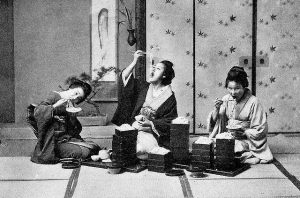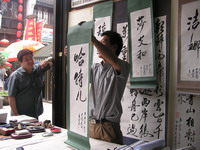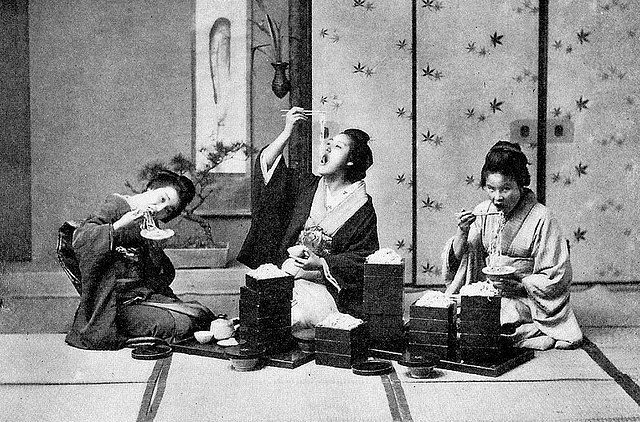different meanings
TOURIST NOTES. ALL ABOUT RAMEN (part 1)
 Ramen (ラ ー メ ン) is one of the most beloved dishes in Japan. This noodle dish in a broth sprinkled with filling has won the hearts of gourmets around the world and often tops the list of what tourists plan to eat when purchasing tours to Japan. So, let’s take a closer look at one of Japan’s national culinary treasures.
Ramen (ラ ー メ ン) is one of the most beloved dishes in Japan. This noodle dish in a broth sprinkled with filling has won the hearts of gourmets around the world and often tops the list of what tourists plan to eat when purchasing tours to Japan. So, let’s take a closer look at one of Japan’s national culinary treasures.
HISTORY OF RAMEN
Historians did not agree on the date of the first appearance of ramen: what some consider the first primitive form of ramen, others do not recognize ramen and believe that it is too far from the modern version. According to information found in the Ramen Museum, some claim that this dish was eaten in Japan as far back as 1485 – based on extracts from the magazine of the famous priest (Inryokennichiroku), in which he claims to have served a Chinese ramen-like dish called “kaitimen” . Continue reading
Japanese language difficulties
 Due to the difficult writing and vocabulary features, the Japanese language can become a stumbling block for even the most talented linguists. But now, it seems, the difficulties of the Japanese language are baffling even its speakers.
Due to the difficult writing and vocabulary features, the Japanese language can become a stumbling block for even the most talented linguists. But now, it seems, the difficulties of the Japanese language are baffling even its speakers.
According to the National Institute of Multimedia Education, which tested 13 thousand first-year students at 33 universities and colleges, one fifth of students learned to read only by the age of 13-15.
Students were offered test texts and asked to identify nouns, adjectives and adverbs in them.
Two-thirds of those tested understood the word “upset” as “being happy.” Continue reading



